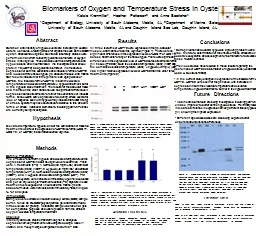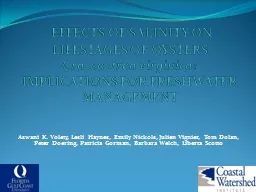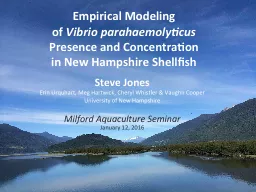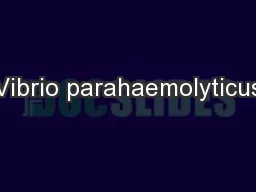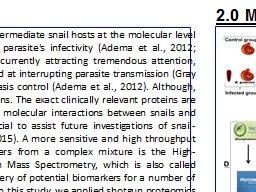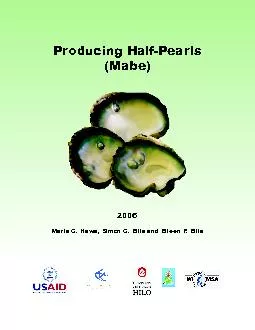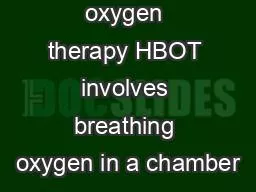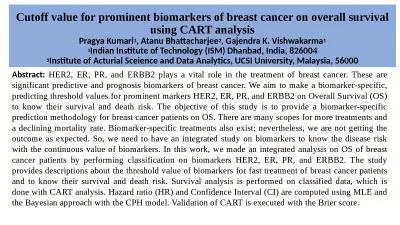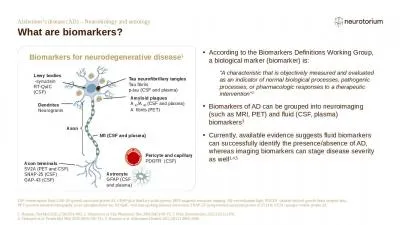PPT-Biomarkers of Oxygen and Temperature Stress in Oysters
Author : luanne-stotts | Published Date : 2017-12-06
Kelsie Kronmiller 1 Heather Patterson 2 and Anne Boettcher 1 1 Department of Biology University of South Alabama Mobile AL 2 Department of Marine Sciences
Presentation Embed Code
Download Presentation
Download Presentation The PPT/PDF document "Biomarkers of Oxygen and Temperature Str..." is the property of its rightful owner. Permission is granted to download and print the materials on this website for personal, non-commercial use only, and to display it on your personal computer provided you do not modify the materials and that you retain all copyright notices contained in the materials. By downloading content from our website, you accept the terms of this agreement.
Biomarkers of Oxygen and Temperature Stress in Oysters: Transcript
Download Rules Of Document
"Biomarkers of Oxygen and Temperature Stress in Oysters"The content belongs to its owner. You may download and print it for personal use, without modification, and keep all copyright notices. By downloading, you agree to these terms.
Related Documents

